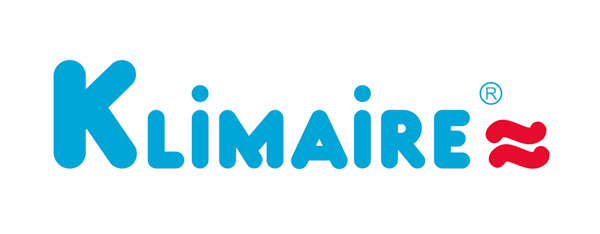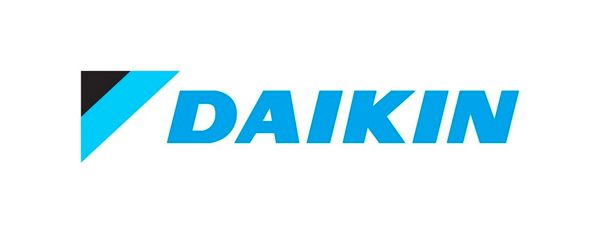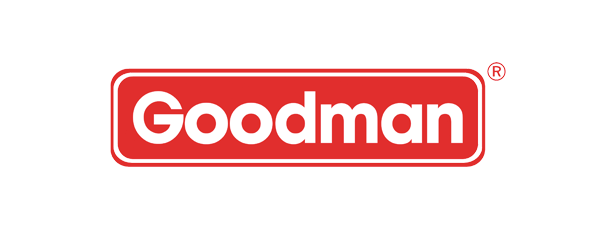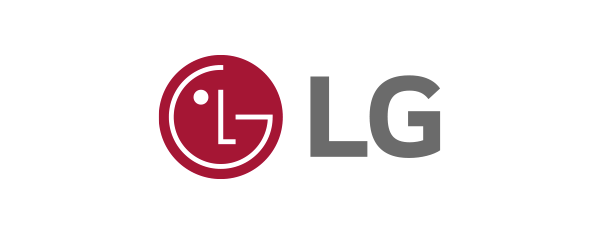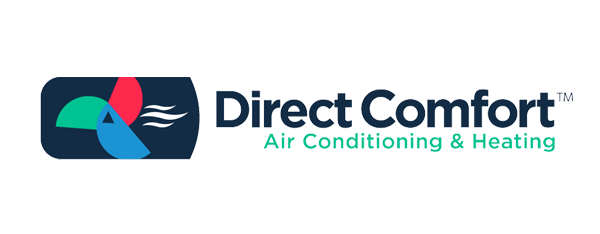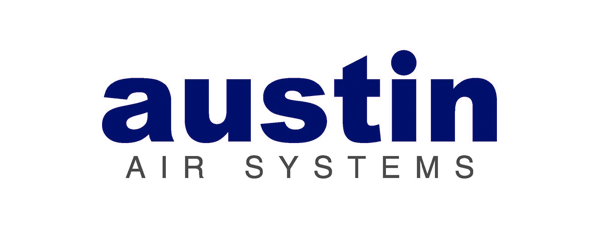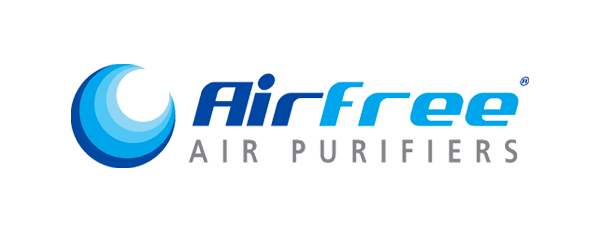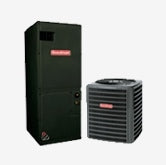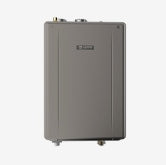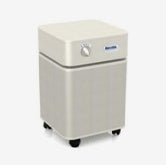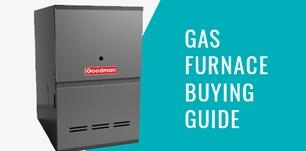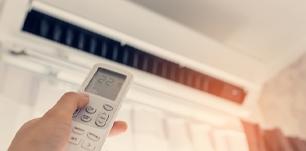FIVE SIGNS YOU NEED A NEW FURNACE

Know the signs you need a new furnace. Don't rush and pay too much and even worse, don't take the risk of having an improperly working furnace in your home. Carbon monoxide build up and even fires can result from furnaces that are too old.
How to avoid a costly home heating disaster:
#1. Age your furnace.
- How long do furnaces last? If it’s more than 15 years old, you can save immediately on energy bills by replacing it now with a new, higher efficiency unit.
- Another telltale sign that you need a new furnace is if you see a pilot light. That’s old technology and reveals that your furnace is over 25 years old.
#2. Conduct a performance review.
- If lately dust has been heavy and it’s not for lack of housekeeping, it could mean your furnace is not able to clean the air adequately. Dirt streaks around your ductwork, especial near the seams signals air leaks. Rust particles in and around your furnace or the development of cracks are evidence of erosion, a problem requiring fast attention.
- Costs more, does less. If your gas and electric bills have been on the rise lately, your furnace may be operating less efficiently. Most likely it has to run longer to keep up with the normal demand.
- “Burning” money on repairs? The most costly repairs happen in the last two years of a furnace’s lifecycle. When you’re in that stage, it’s probably best to cut your losses and replace it with a higher efficiency unit.
#3. Check for dangerous levels of carbon monoxide.
Carbon monoxide is produced by your furnace but should be removed from your home through proper venting. Cracks in the heat exchanger can leak poisonous carbon monoxide into the home. Signs that may indicate the noxious gas is remaining in your home include:
- Sickness such as headaches, a burning feeling in eyes or noise, nausea, disorientation and flu-like symptoms experienced by any members of your household. If anything like this is occurring, open the windows and doors, get out of the house and call a gas technician at once.
- A yellow or flickering burner flame
- Soot streaks around the furnace
- Water dripping from the base of the vent or flue pipe
- Rust on the vent pipe that you can see from outside of the house
- Fog and condensation on windows, walls and other cold surfaces
- Rust buildup on flue pipes, other pipe connections, or appliance jacks.
Gas companies often do free safety inspections if you have any concerns, and installing carbon monoxide detectors in your home is always a good idea.
#4. Listen closely.
Don’t simply write off banging, cracking and buzzing sounds to normal house settling. If it’s your furnace making the noise, its expiration date may be approaching and you need a new furnace soon.
Problem: Blower won't stop running
Troubleshooting:
- Is the thermostat set too high? Try lowering the setting.
- Turn the fan to the off position. If the blower continues, the problem may be a faulty control switch.
- Check for duct leakage. If you’re losing conditioned air, the thermostat won’t register a change in temperature and won’t reach its limit and turn off.
- Clean the air filters and check the limit switch. The worst case scenario is a malfunctioning limit switch combined with clogged filters. If heat is trapped in the heat exchanger and the limit switch doesn’t turn off the system, a fire can start.
Problem: On/off clicking or short cycling
Troubleshooting:
- A single stage furnace should turn on and off about 6 times in an hour. Monitor your furnace for an hour with the thermostat set at a normal temperature under normal conditions.
- Clean your air filters: Clogged air filters can prevent air from leaving the heat exchanger. This will incorrectly inform the limit switch that the proper temperature has been reached and the system will turn off. As soon as the heat in that small space quickly dissipates, the system will turn on again. The cycle will continue, on and off, etc.
- Improper location of your thermostat. If it’s too close to a heat source or in the way of constant air circulation, it will cause on/off cycling.
#5. Determine if your space feels evenly heated.
If not, cold and hot spots, could be a sign that your furnace is not properly distributing heated air throughout your space. Another sign is if it sometimes blows cold air. If you determine the thermostat is functioning fine and the system is not short cycling, it may be time for a new furnace. Your furnace could be too old, poorly maintained and/or undersized for your space. Be proactive and contact our team of experts who can help you choose a new heating system for your exact space needs. Also feel free to browse our home heating solutions.
Have a safe and happy heating season!



















































































